Some photos, from a visit to the Laws Railroad Museum, in Bishop, California in October, 2010.
Enthusiasts of railroads, old highways, and the general western frontier experience are strictly obligated to check it out.
this is a photo gallery of their highway sign collection. They mainly focus on the Auto Club of Southern California, as they are the ones who signed the Bishop area between 1913 and 1947 exclusively. Their sign collection concentrates mainly on the 1910s and 1920s, with a couple of 1930s and later items as well.
This is just the left wall of one tiny corner of the museum! An incredible display of highway signs from the 1910s and 1920s. The one on the left says “Indian Picture Rock” – (thanks Jason and Shemp!).
Many guide signs referring to the Bishop area, including Beatty Station from Death Valley (leftmost diamond-shaped sign).
Topping it all off, a Grand Army of the Republic Highway marker, representing US-6 between Provincetown, MA and Long Beach, CA, as was designated in 1952.
Looking directly back through the vehicle garage exhibit of the museum, where the old signs are to be found … here, we see in the background a set of yellow diamond cautionary signs, each posted by the Automobile Club of Southern California, sometime between 1947 and 1956. In the foreground, we see a red stop sign which dates to between 1929 and 1942.
A 1957 black porcelain guide sign. Posted at a junction with US-395, somewhere between Bishop and Lee Vining.
Another porcelain sign, this one dating back to the early 1950s. US-395 was getting expanded to a four-lane road both north and south of Bishop, and this sign likely came from that stretch of road.
A 1929-1934 guide sign, featuring destinations in Death Valley: Andrews Camp, Schubers Resort, Parchers Camp, and South Lake. Parchers may be the most apt description, and that lake may just be an illusion.
Before the 1950s or so – when several specific routes were upgraded to be the primary conduit between Point A and Point B, and Death Valley was made a National Park – dozens of trails crisscrossed the inhospitable landscape, and it was the Auto Club’s responsibility to sign each of them. It made perfect business sense: the more travelers that could find their way out of danger, the fewer claims they would have to pay.
So the diamond (1913-1929) and, later, the white rectangle (1929-1956) signs sprung up everywhere, at every intersection of every potential minor rut-in-the-sand road that a traveler could take. They survive to this day, if you know where to look, preserved in the boiling dry air, for the adventurer to discover.
A close-up of the Grand Army of the Republic Highway sign. This sign was placed between 1952 and 1957.
The right wall of the museum – featuring two Midland Trails that we have seen before, and a great variety of 1930s signs. The white rectangle guide signs, with “Automobile Club Southern Calif,” spelled out (as opposed to just the logo with no text) date to between 1929 and 1934. The Elevation sign, with the twin logos of both the US Forest Service (the redwood cone) and the Auto Club of Southern California, with the bell, dates to the mid-1930s. An incredible slice of history is found here in Bishop.
One last photo, just the scenery of the Laws Railroad Museum. Definitely a place worth visiting!









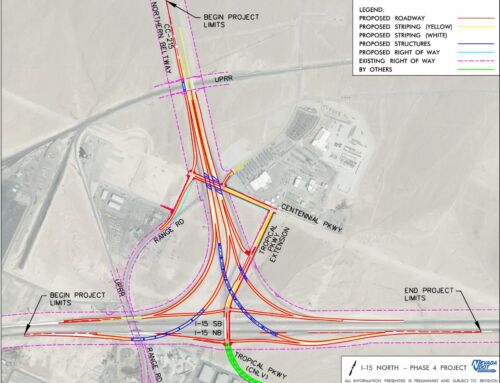
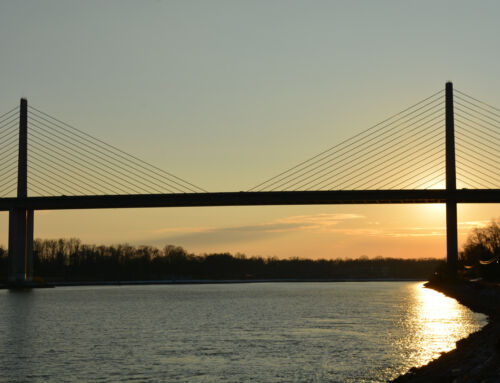
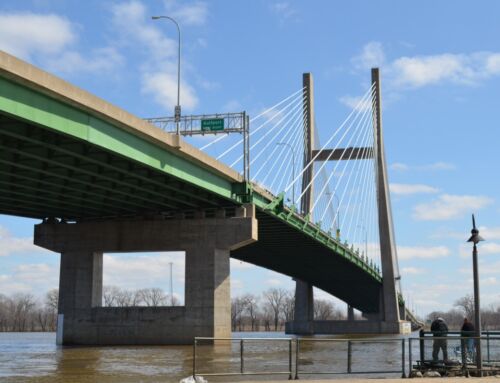
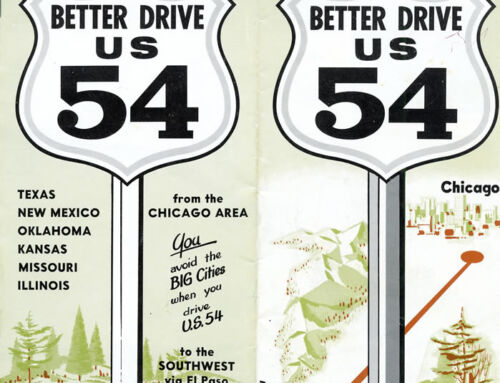
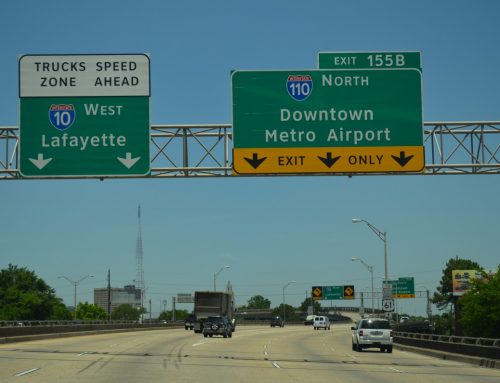
U.S. 60 is also the Midland Trail in parts of Virginia and West Virginia…
yes it is – between there and Nevada, the Midland Trail appears to largely have been lost to history. Someone needs to support its revival, like US-66 or the Lincoln Highway!
It says “PICTURE ROCK,” but still missing the first word.
thanks! wonder what that first word is.
Thinking the sign says Indian Picture Rock. There are a number of them around that area. Just a thought.
might very well be the case, Jason!
Yes it does in fact say “indian picture rock” i have a photo of the sign when it was in a different location in the barn. Nowadays called “petroglyph.”
I think the sawmill sign was from Mono Mills.
great information; thanks, Shemp!
Hi, just stumbled on your blog here, from E Bay. WOW…..I love it, I used to live in Big Pine, been to Laws many times…now, live back in N. Nevada. Your site is priceless. I’m a huge old road sign buff. will be checking in again!
glad you like the page, Brenda :)
Thanks for these posts Jake, I can’t believe I drove right by here in 2004 and did not stop because we were “in a hurry” with a three year old….course, I would’ve never gotten out of there!